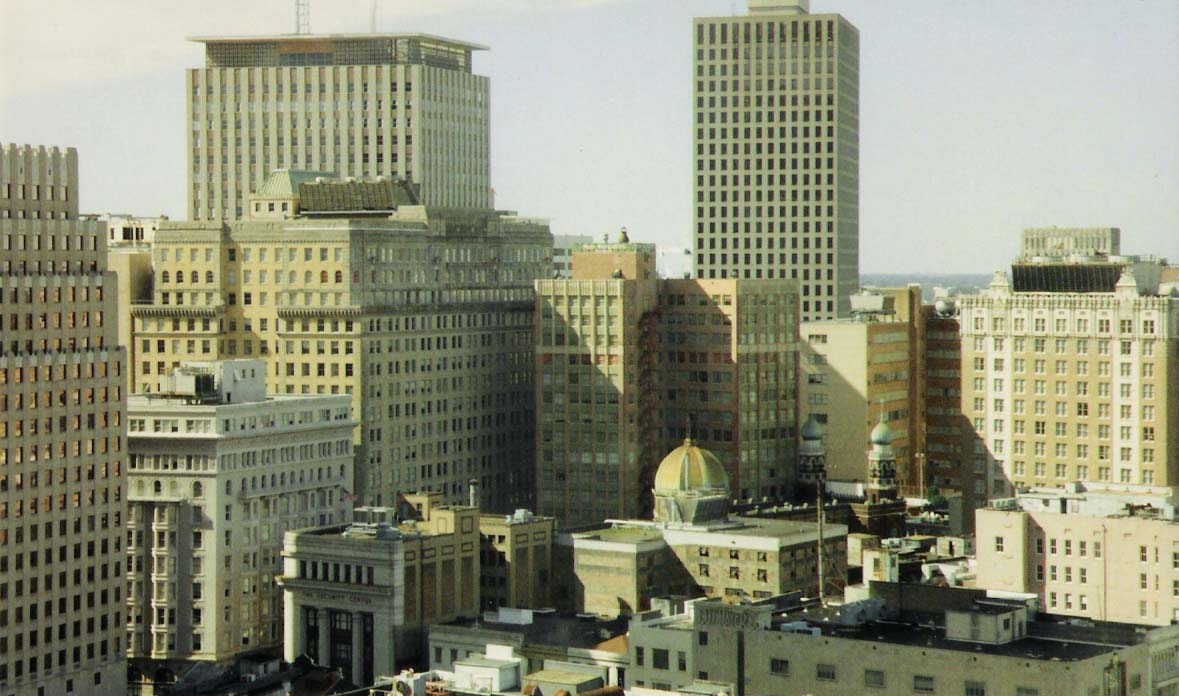Central Business District Homes for Sale
The CBD today is a vibrant mixed-use neighborhood of historic commercial and industrial buildings converted into residential properties, office high-rises, boutique hotels, and popular restaurants.
The modern Central Business District (CBD) is a long departure from its largely residential predecessor that dates back to the 18th century. Considered the downtown of New Orleans, it’s now home to office high-rises, chef-driven restaurants, boutique hotels, swanky retail stores, art galleries, and a mix of historic commercial and residential buildings.
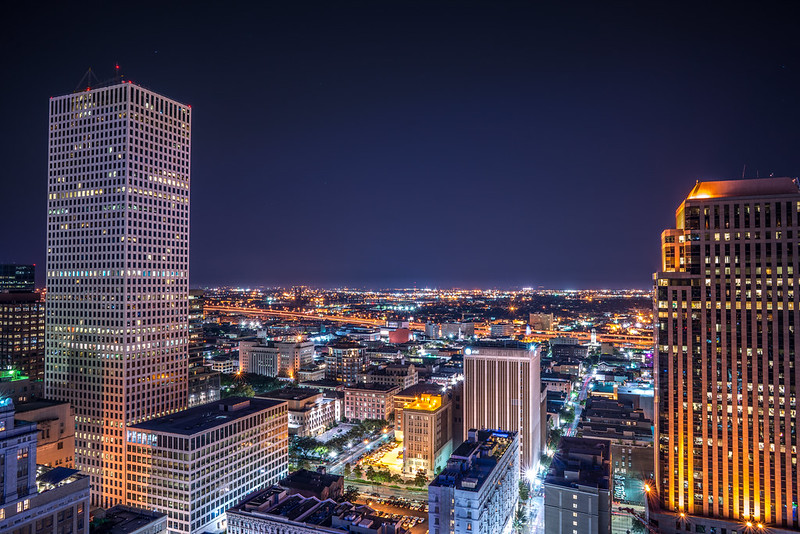
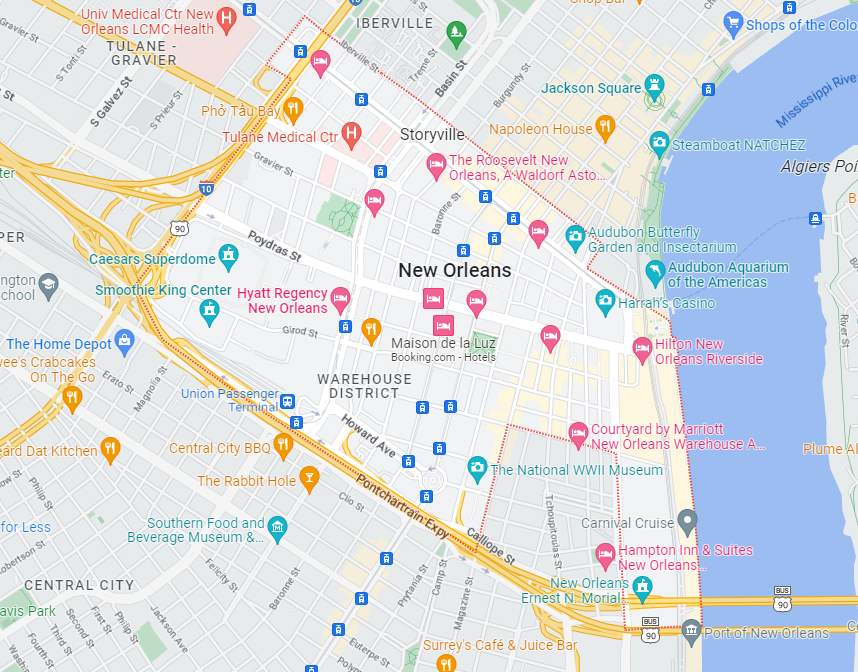
Where Is the CBD?
The CBD is the subdistrict of the French Quarter/CBD area. According to the U.S. Census Bureau, it has a total area of 1.18 sq. mi.
The CBD borders the French Quarter and Iberville neighborhoods to the north, Lower Garden District and Central City to the south, and Tulane/Gravier to the west. For regulatory and zoning purposes, both sides of Canal Street are considered part of the CBD. Historically Canal Street served as the divider between the Francophone French Quarter and the “American sector.”
The CBD’s boundaries are:
North: Iberville, Decatur, and Canal streets
East: The Mississippi River
West: South Claiborne Avenue, Cleveland Street, and South and North Derbigny streets
South: New Orleans Morial Convention Center, Julia and Magazine streets, and the Pontchartrain Expressway
The area stretches for seven to nine blocks between North Rampart and the river and 13 blocks between Canal Street and Esplanade Avenue, adding up to 78 square blocks.

Homes for Sale in Central Business District, New Orleans
Why Buy a Home in the Central Business District?
The CBD is a glittering, newly restored area with a downtown feel and a vibrant commercial life. The neighborhood’s buildings are an interesting mix of architectural styles ranging from modern glass-and-steel high-rise office buildings to revamped warehouses and 19th century row homes. Below are many things to love about the CBD.
It’s Open for Business. During the day, you’re likely to glimpse its business side, since many offices and hotels are located in the CBD’s high-rises, and the New Orleans Ernest N. Morial Convention Center hosts large-scale events all year round. Law firms, banks, and corporate offices abound (Entergy Louisiana has headquarters there).
Out to Lunch. To support the working crowd and the visitors here on business, the area is teeming with great lunch spots (Willa Jean, Mother’s, The Company Burger) and restaurants with popular happy hours (craft cocktails at Peche go down so well with the oysters from its raw bar). The countless bars and restaurants also come alive after dark.
More People Are Moving Here. Many of the CBD’s dilapidated historic commercial and industrial buildings were restored and converted into condos and apartments, so the CBD is experiencing population growth and becoming more residential.
Events for Everyone. The CBD welcomes throngs of visitors whenever there’s an event at historic Lafayette Square, the second oldest public park in the city, or a game at the Mercedes-Benz Superdome. No other sporting event is like a New Orleans Saints home game, when a sea of black and gold descends on the Superdome area. And Lafayette Square gets its share of music lovers and festival-goers with Wednesdays at the Square and free festivals like the Crescent City Blues & BBQ Festival and Luna Fete.
Easy to Navigate. The CBD is remarkably easy to navigate and easy to get to from other areas. Cross Canal Street, and you’re in the French Quarter. There are two streetcar lines that run along Canal Street, from the Mississippi River to the New Orleans Museum of Art in City Park and the cemeteries. The St. Charles Avenue streetcar runs through the area and into the Garden District. With a score of 94, the CBD is the second most walkable neighborhood in New Orleans. It’s also considered very bikeable, with a score of 75.
Central
Business
District
Attractions
Visit the treasure trove of the area’s museums, including the Contemporary Arts Center, World War II Museum, Louisiana Children’s Museum, and Ogden Museum of Southern Art.
Get your art on as the plethora of galleries on Julia Street, known as the Warehouse/Arts District, hosts openings monthly and special annual events like White Linen Night.
Canal Street is a hub with such popular destinations as Harrah’s casino as well as the Audubon Aquarium of the Americas and the Insectarium, plus numerous retail stores and restaurants.
Find the statue of the Confederacy of Dunces hero Ignatius J. Reilly at the site of the now-closed D.H. Holmes department store on the 800 block of Canal Street.
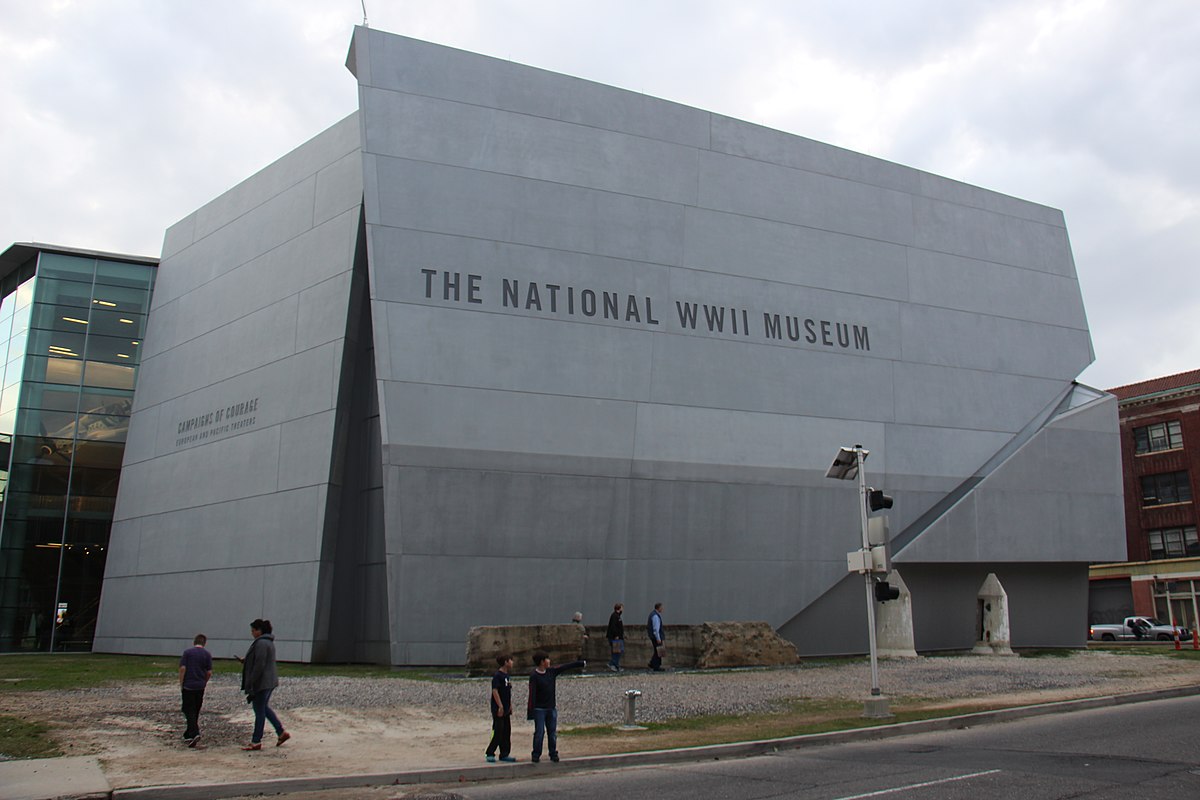
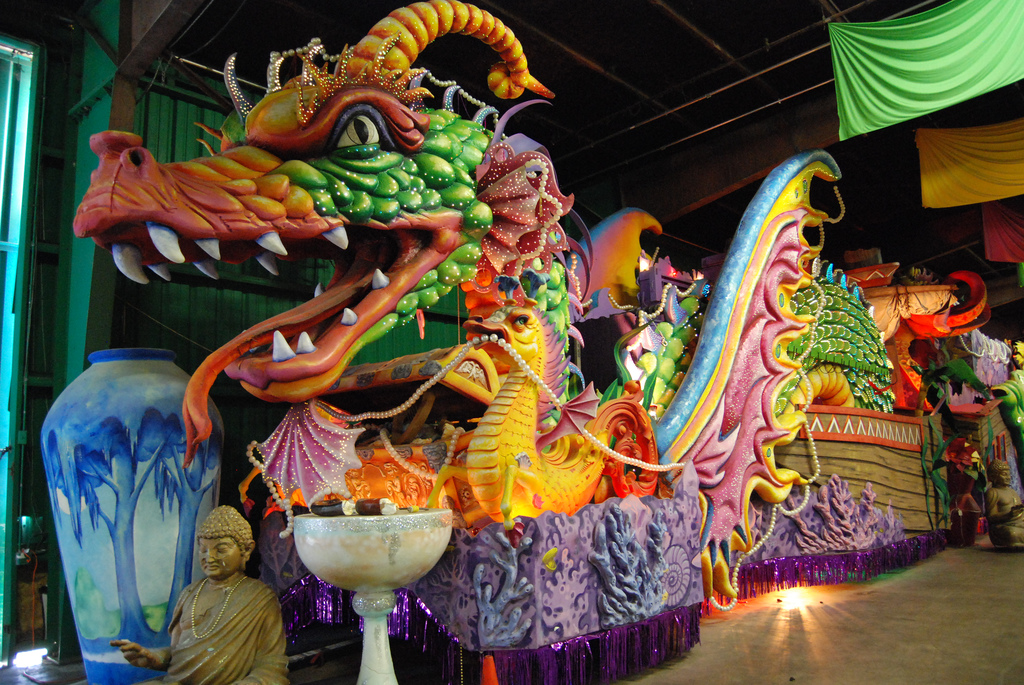
Get Carnival-ready by taking a tour of Mardi Gras World.
Eat at a famous-chef restaurant. The elegant Emeril’s was one of the first restaurants to make CBD its home, and Domenica has some of the best pizza (and roasted cauliflower) in the country. The relative newcomers Maypop, Seaworthy, and Josephine Estelle at the gorgeously renovated Ace Hotel are just a few of the touted additions to the impressive culinary scene in the area.
Experience the CBD’s nightlife at the popular Republic NOLA, a music venue/nightclub housed in a former warehouse space, as well as at the Circle Bar, a favorite dive on Lee Circle. The Howlin’ Wolf provides a great space to continue the night and hear some New Orleans music.
It’s also once again a major theater destination, with three impressive theaters in close proximity: Orpheum, Joy, and Saenger.

History of CBD, New Orleans
The CBD was once the plantation of Jean Baptiste LeMoyne de Bienville, founder of New Orleans. The land changed hands until Bertrand Gravier subdivided the plantation after the fire of 1788, naming the subdivision Faubourg St. Marie after his deceased wife.
After the 1803 Louisiana Purchase the area experienced an influx of Americans, who built brick townhouses and Protestant churches. Canal Street was the original neutral ground between the American and French sectors, and an important place for trade and commerce.
Canal Street was home to the now-defunct D.H. Holmes, Gus Meyer’s, and Godchaux’s department stores. The Orpheum, Joy, and Civic theaters drew crowds too, and the area’s proximity to the French Quarter meant a lot of foot traffic at all times.
Today, the CBD is becoming increasingly residential as more warehouse spaces and commercial properties are being renovated and turned into apartments and condos. It also continues to serve as the city’s downtown business hub.
